Shetland
Land of the Simmer Dim. An Introduction
SHETLANDSCOTLANDTRAVEL
1/12/20255 min read
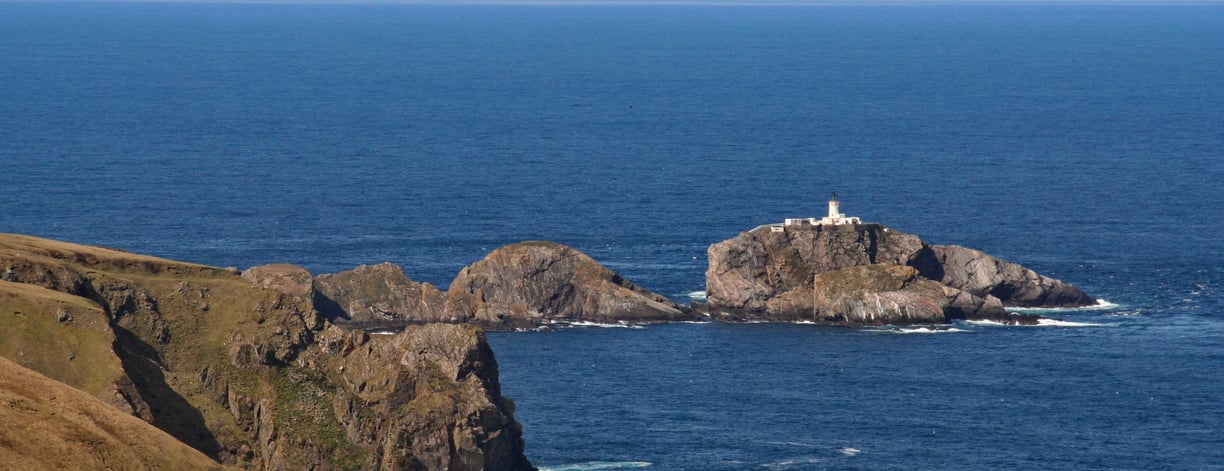

Picture: Muckle Flugga from the Hermaness peninsula, Unst.
I've long been drawn to the places that are at the edge of things and Shetland (sometimes called the Shetland Isles) is as at the edge as it is possible to be in the British Isles. I've visited Shetland many times (I have family there) and always look forward to going there.
This introduction is the first in a series I will be doing about the isles.
The Shetland archipelago is located approximately 110 miles (170Km) to the Northeast of the Scottish mainland and is only 140 miles (220Km) from the coast of Norway. It lies on what is considered to be the divide between the North Sea and the North Atlantic.
There are approximately 100 islands in the chain (which stretches roughly 80 miles North to South) but only 16 of those are now inhabited, the most Northerly being Unst which is at 60deg North (that's the same latitude as Seward in Alaska, Cape Farewell in Greenland and St Petersburg). The 'Mainland' is the most Southerly island, it's tip terminating at the impressive cliffs and lighthouse of Sumburgh Head.
Despite it's remote location the islands are known to have been inhabited since the Mesolithic period (roughly 4-5000 years ago). The original inhabitants were the Picts, in the early middle ages Shetland was conquered and colonised by the Norse, eventually becoming part of the Kingdom of Norway. In 1472 the islands became part of Scotland after the family of Margaret of Denmark failed to pay the dowry following her marriage to King James III of Scotland.
Picture: Sumburgh Head seen from Jarlshof

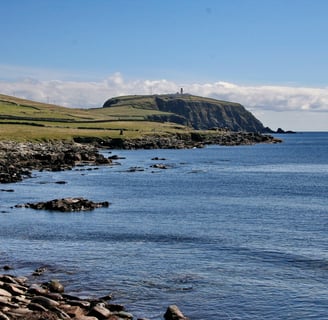
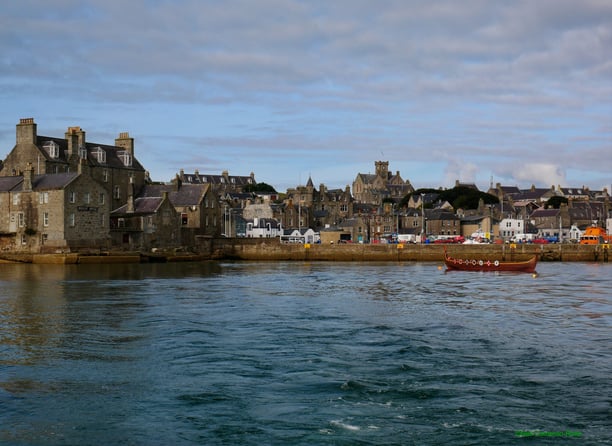

The main town and administrative centre in the islands is Lerwick. This was not always the case, until 1708 Scalloway, on the West coast, was the capital.
Lerwick faces the island of Bressay and provides the main port facilities for the islands. The ferry from Aberdeen comes in here and cruise ships are now regular visitors.
Being located 60 degrees North Shetland has 19 hours of daylight at mid summer, even when the sun goes down it does not get properly dark, this period is known locally as the 'simmer dim'. At the Winter Solstice Shetland gets less than 6 hours of daylight and the sun never gets terribly high in the sky.
The main airport for the islands is at Sumburgh in the South of the main Island and this is where scheduled flights from the mainland come in.
Shetland even has it's own Space Port which is on Unst. I believe that the first launches are expected to take place in 2025... watch this space (pun intended !)
Picture: Lerwick Harbour from the South.
A word about the weather...
As somewhere located on the same line of latitude as Seward in Alaska, Cape Farewell in Greenland and St Petersburg in Russia (and closer to Iceland than it is to London) you would be right in guessing that Shetland is not a beach holiday location.
However that does not tell the full story, Shetland is surrounded by the sea and gets some influence from the Gulf Stream which means that although the climate is generally cool it does not reach the winter extremes experienced in Alaska for example. Summers are cooler than you would experience further South in the UK but still pleasant enough when the sun shines.
There is no getting away from the fact that Shetland is windy, often very windy. Gales are not uncommon (particularly in Winter) and it does rain a lot - although it should be noted that it actually receives less rain than Glasgow or the Lake District.
So if you visit bring something wind a rain proof, wear appropriate footwear and aim to wear layers as the weather changes very quickly... you really can experience all four seasons in a day.
For more information visit https://www.shetland.org/blog/the-weather-its-all-about-location
Picture: Rain over Unst
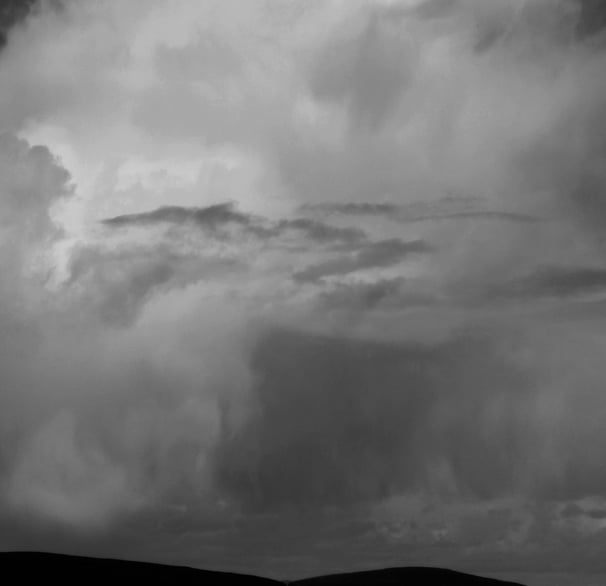

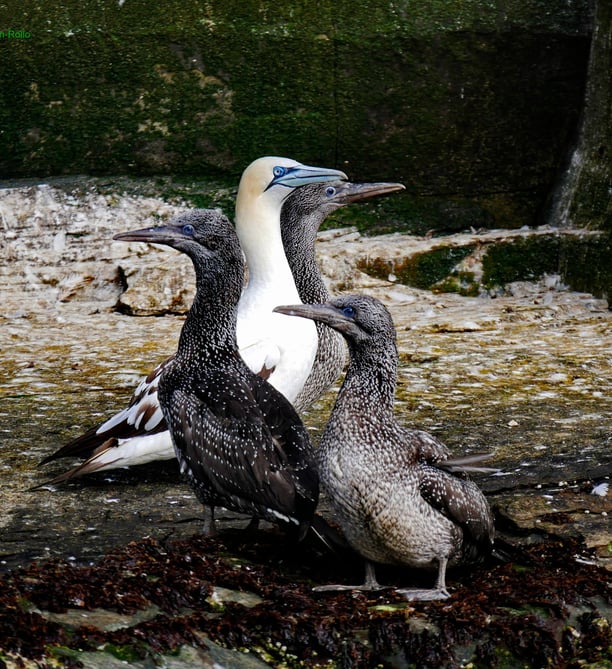

Having done my best to put you off now it's time to tell you why you should come to Shetland...
History: Shetland has a long and rich history, the islands have been inhabited for over 4000 years and the evidence is to be found all over the Islands. Examples include a combined Bronze Age and Viking settlement at Jarlshof, a medieval castle at Scalloway, an ancient broch at Mousa... but that just scratches the surface, examples of historic human occupation can be found all over the islands. Shetland is proud of it's history and there are a number of museums to be found around the islands, the two biggest are the Shetland Museum and Archives at Lerwick and the Scalloway Museum in Scalloway.
Nature: Shetland is rich in flora and fauna, particularly seabirds. There are Puffins, Gannets, Fulmars, Shags, Bonxies (Skuas) and many more. Just about every island has a good spot for viewing them, the Island of Noss and Sumburgh Head are probably the best known. Seals and otters are to be found in many spots along the 2000 miles of coast line and whales can be viewed in the off-shore waters.
Geology: The oldest rocks in Shetland are 3 billion years old, the geology is complex and fascinating, so much so that Shetland is an internationally recognised Geopark. I will be doing a blog in the future about the places I have visited but in the meantime go to this site to read more https://www.shetland.org/geopark
Scenery: By no means mountainous Shetland is still hilly which offer some stunning views but it is the 2000 mile long coastline that is the real star. Huge cliffs, sandy beaches, sea arches, stacks and caves are to be found all along the coast.
Picture: Gannet (Morus bassanus). One adult and three juveniles, Isle of Noss.
A random selection of shots taken in Shetland to whet you appetite for future blogs about these wonderful islands - Click to enlarge
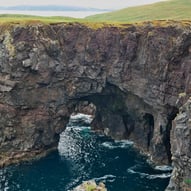
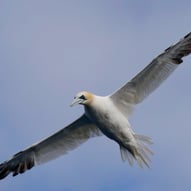
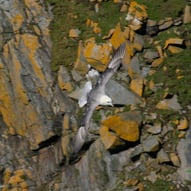
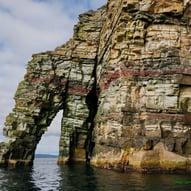
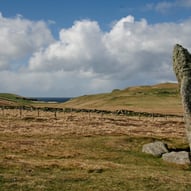
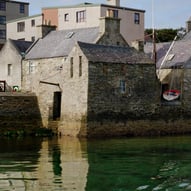
That's just about it for this introduction to Shetland, I'll be revisiting it again in future blogs (and in person !) soon.
If you are interested in visiting Shetland a good place to start is here https://www.shetland.org/visit
Location:
